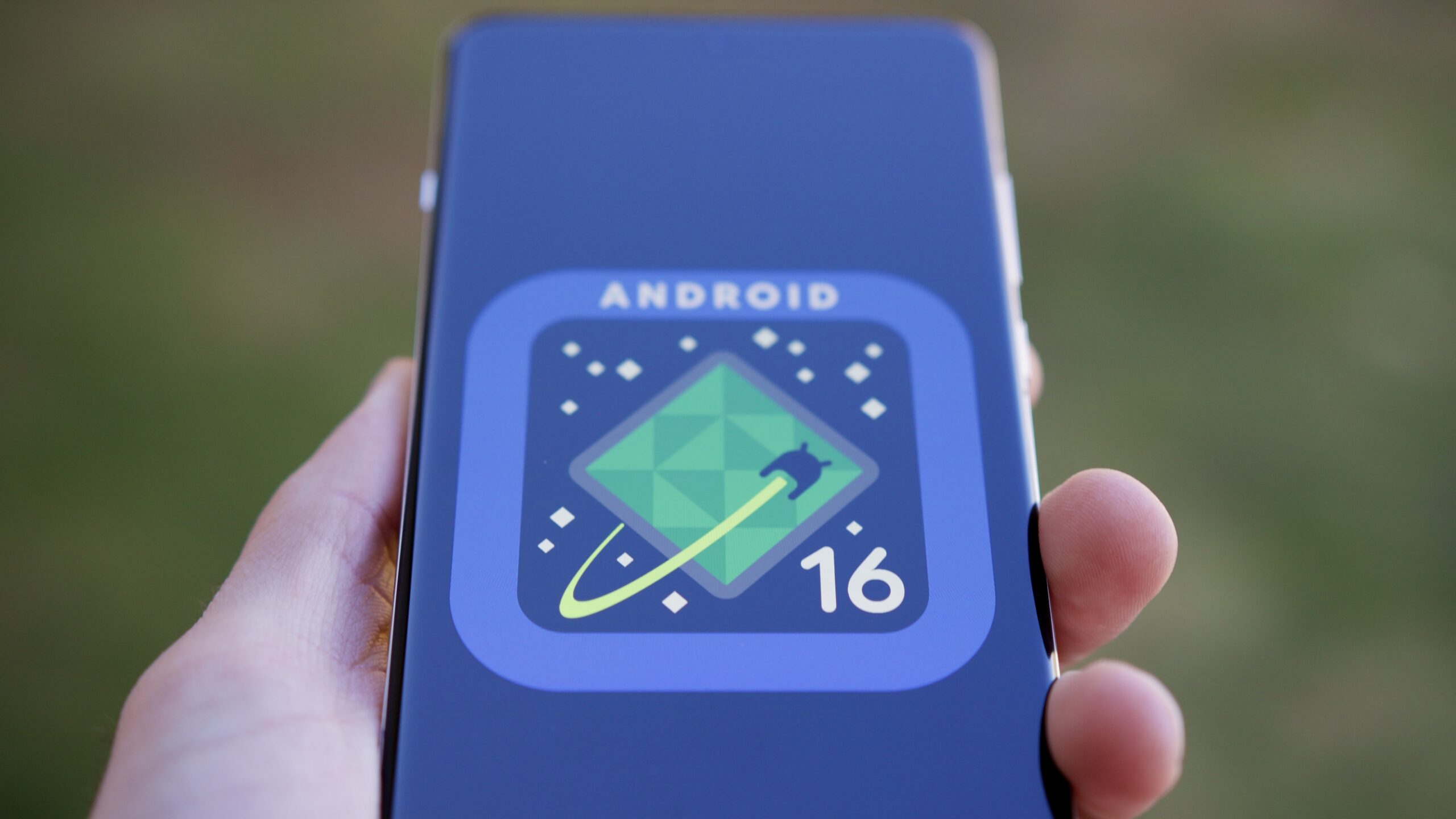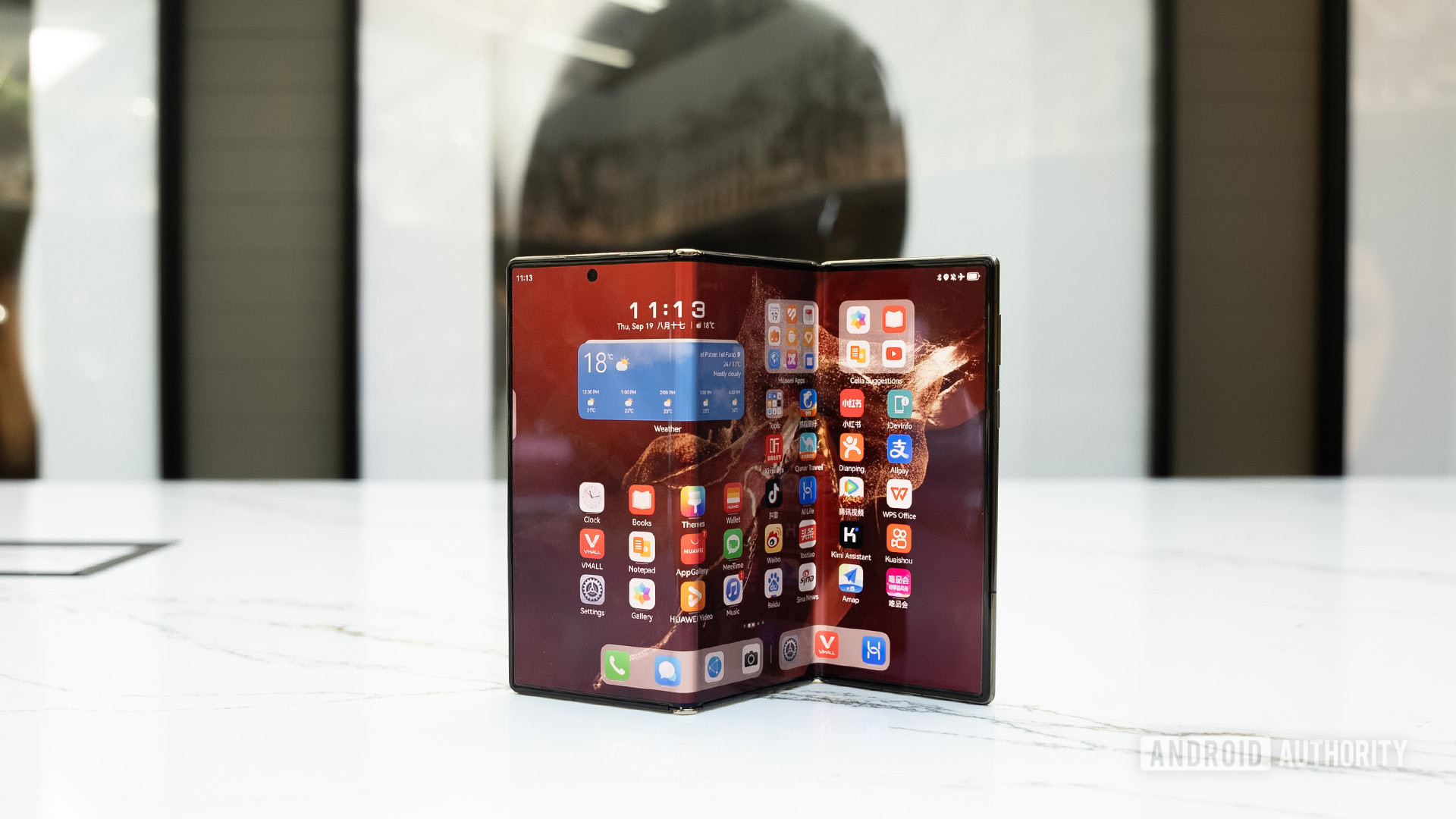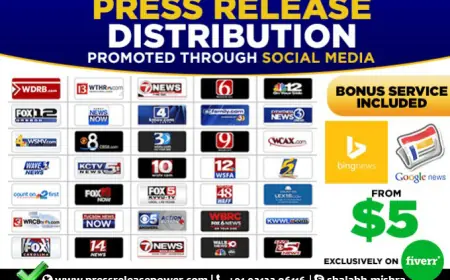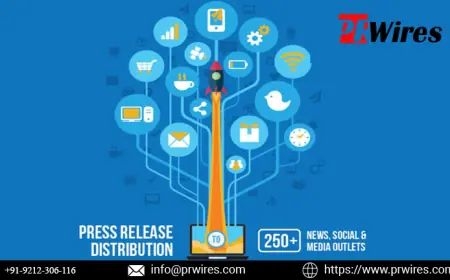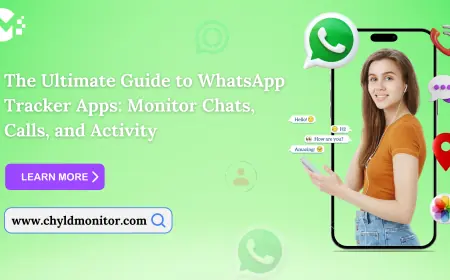Step-by-Step Guide to Building Delivery Apps for iOS & Android
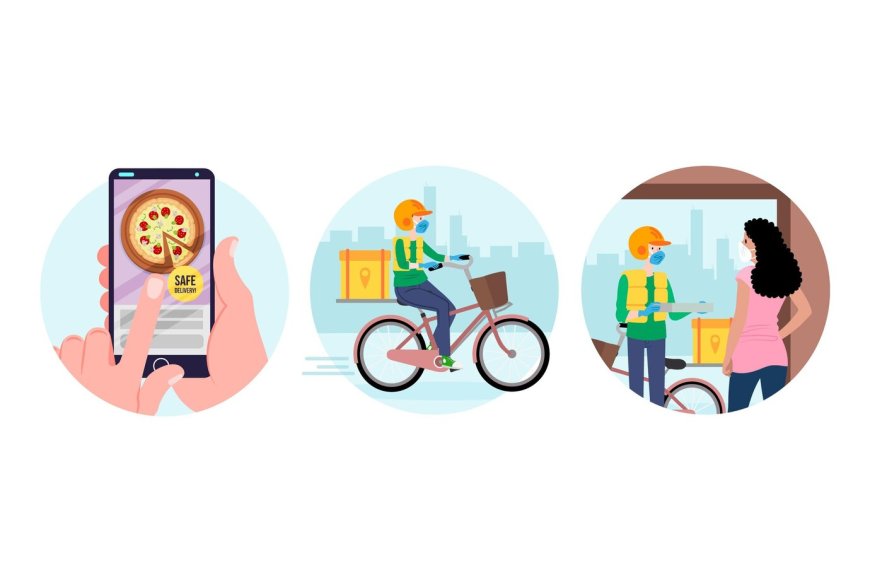
Delivery apps are becoming essential in today's hectic environment, providing millions of users with efficiency and convenience across the globe. If your goal is to provide a meal delivery service, courier service, or specialty delivery platform, developing a strong iOS and Android app is essential to getting your product in front of as many people as possible. This step-by-step guide will walk you through the process of building delivery apps for iOS and Android, ensuring your venture stands out in the competitive market.
Define Your App's Purpose and Niche
Identify Your Target Audience
Before beginning development, specify the intended user base for your project. Are you aiming to serve e-commerce companies in need of dependable courier services, or are you targeting busy professionals who need meal deliveries? Knowing your target market enables you to efficiently customize features and marketing tactics.
Choose Your Delivery Niche
Delivery apps can cater to various niches, such as:
-
Food Delivery: Restaurants to customers
-
Grocery Delivery: Supermarkets to homes
-
Courier Services: Businesses to individuals or other businesses
-
Specialized Deliveries: Pharmaceuticals, electronics, or even personal items
Selecting a specific niche allows you to focus on unique features that cater directly to your users' needs.
Conduct Market Research
Analyze Competitors
Examine current delivery applications, such as Postmates, Instacart, DoorDash, and Uber Eats. Determine their advantages, disadvantages, and special selling qualities. This study helps in an understanding of the demands of the industry and the gaps your app can address.
Understand Market Trends
Keep updated on the most recent developments in the delivery sector. For instance, eco-friendly packaging and contactless deliveries are growing in popularity. Using these trends can offer your app a competitive advantage.
Gather User Insights
Conduct surveys, interviews, and focus groups to gather feedback from potential users. Understanding their pain points and preferences will guide your app's feature set and user experience design.
Plan Your App’s Features
Essential Features for Delivery Apps
Regardless of your niche, certain features are fundamental to any delivery app:
-
User Registration and Profiles: Allow users to create and manage their accounts.
-
Geolocation and Mapping: Real-time tracking of deliveries with integrated maps.
-
Order Management: Easy browsing, ordering, and tracking of deliveries.
-
Payment Integration: Support for multiple payment methods, including credit cards, digital wallets, and cash on delivery.
-
Push notifications: Keep users informed about order status, promotions, and updates.
-
Ratings and Reviews: Enable users to rate services and provide feedback.
Advanced Features to Enhance User Experience
-
In-App Chat: Facilitate communication between users and delivery personnel.
-
Scheduled Deliveries: Allow users to set delivery times in advance.
-
Subscription Models: Offer premium services for regular users.
-
Loyalty Programs: Rewards repeat customers with discounts or points.
Admin Panel Features
Don't forget the backend management system:
-
Dashboard Analytics: Monitor app performance and user behavior.
-
Order Management: Track and manage all orders efficiently.
-
User Management: Handle user accounts and permissions.
-
Content Management: Update app content like menus, promotions, and policies.
Choose the Right Technology Stack
Frontend Development
For a seamless user experience on both iOS and Android, consider cross-platform frameworks:
-
React Native offers a balance between performance and development speed.
-
Flutter provides a rich set of widgets and excellent performance.
Alternatively, for native development:
-
Swift: For iOS development
-
Kotlin/Java: For Android development
Backend Development
Your backend should handle data processing, user authentication, and server management. Popular choices include:
-
Node.js: Known for its scalability and performance.
-
Python (Django/Flask): offers rapid development and a vast ecosystem.
-
Ruby on Rails emphasizes convention over configuration, speeding up development.
Database Solutions
Choose a robust database to manage your data:
-
SQL Databases: MySQL, PostgreSQL for structured data.
-
NoSQL Databases: MongoDB, Firebase for flexible, scalable data management.
Third-Party Integrations
Integrate essential services:
-
Payment Gateways: Stripe, PayPal, Square
-
Mapping Services: Google Maps, Mapbox
-
Push Notifications: Firebase Cloud Messaging, OneSignal
Design the User Interface (UI) and User Experience (UX)
Prioritize User-Friendly Design
Make sure your software is simple to use and intuitive. It should be easy for users to transition from browsing to ordering without any misunderstanding.
Create Wireframes and Prototypes
Create wireframes to show the organization and design of the application. Make interactive prototypes with programs like Sketch, Figma, or Adobe XD to see the user journey before production begins.
Focus on Visual Appeal
Use a design language that is clear and consistent. Make use of readability-enhancing colors, typefaces, and icons that complement your brand identity.
Optimize for Performance
Create lightweight user interfaces that guarantee seamless interactions and fast loading times. Reduce pointless animations and optimize your image quality to avoid making the program run slower.
Develop the App
Set Up Development Environment
Prepare your development environment by setting up necessary tools, libraries, and frameworks based on your chosen technology stack.
Implement Frontend and Backend
Simultaneously code the front end and back end, making sure that they talk to each other well via APIs. To make upgrades and maintenance easier in the future, put your attention on writing scalable and modular code.
Integrate Third-Party Services
Incorporate payment gateways, mapping services, and other third-party integrations early in the development process to identify and resolve potential issues promptly.
Ensure Security Measures
Implement robust security protocols to protect user data. Use encryption for sensitive information, secure authentication methods, and regular security audits to identify vulnerabilities.
Test Your Delivery App
Conduct Comprehensive Testing
Perform various testing types to ensure your app is reliable and user-friendly:
-
Functional Testing: Verify that all features work as intended.
-
Usability Testing: Ensure the app is easy to use and navigate.
-
Performance Testing: Check the app's responsiveness and load times under different conditions.
-
Security Testing: Identify and fix security vulnerabilities.
-
Compatibility Testing: Ensure the app works smoothly across different devices and operating systems.
Gather Feedback
Launch a beta version to a select group of users. Collect their feedback to identify bugs, usability issues, and feature enhancements before the official release.
Deploy to App Stores
Prepare for Launch
Make sure your software complies with all requirements set forth by the Google Play Store and Apple software Store. This includes following design guidelines, supplying the required paperwork, and making sure privacy regulations are followed.
Create App Store Listings
Craft compelling app descriptions, choose relevant keywords, and use high-quality screenshots and videos to showcase your app's features and benefits.
Submit for Review
Submit your app for review on both platforms. Be prepared to address any feedback or required changes from the review teams to expedite the approval process.
Market Your Delivery App
Develop a Marketing Strategy
Create a comprehensive marketing plan that includes:
-
Social Media Marketing: Leverage platforms like Facebook, Instagram, and Twitter to reach your target audience.
-
Content Marketing: Publish blog posts, videos, and infographics that highlight your app's features and benefits.
-
Influencer Partnerships: Collaborate with influencers to increase your app's visibility and credibility.
-
Email Marketing: Engage with potential and existing users through targeted email campaigns.
Utilize App Store Optimization (ASO)
Optimize your app's listing to improve its visibility in app stores:
-
Keywords: Use relevant keywords in your app title and description.
-
Ratings and Reviews: Encourage satisfied users to leave positive reviews.
-
Regular Updates: Keep your app updated with new features and improvements to maintain high rankings.
Implement Paid Advertising
Invest in paid advertising platforms to drive targeted users to your app, such as Facebook, Instagram, and Google Ads. Utilize analytics to monitor the effectiveness of your efforts and modify your plans as necessary.
Launch Promotional Campaigns
Offer incentives such as discounts, referral bonuses, and limited-time offers to attract new users and encourage existing users to engage more with your app.
Maintain and Update Your App
Monitor App Performance
Use analytics tools to track user behavior, app performance, and key metrics. This data helps identify areas for improvement and measure the success of your marketing efforts.
Gather User Feedback
Get consumer feedback on a regular basis to learn about their preferences and wants. Adding features that users have requested and resolving complaints improves user satisfaction and loyalty.
Roll Out Regular Updates
Update your software frequently with new features, enhanced functionality, and bug fixes to keep it current and useful. Frequent updates also show that you're dedicated to giving users an excellent experience.
Ensure Scalability
Make sure the infrastructure supporting your app can manage more data and traffic as your user base expands. To facilitate scalability, optimize your backend systems and consider cloud-based solutions.
Conclusion
Achieving success with an iOS and Android delivery app requires careful planning, strong programming, and smart marketing. You may successfully overcome the challenges of app development and build a platform that caters to the needs of your target market by following this step-by-step tutorial. As always, the secret to a successful delivery app is to stay up to date with industry trends, prioritize user-centered design, and continuously improve the product. Your delivery app can become the go-to option in the constantly changing on-demand delivery market with commitment and the appropriate strategy.
What's Your Reaction?
 Like
0
Like
0
 Dislike
0
Dislike
0
 Love
0
Love
0
 Funny
0
Funny
0
 Angry
0
Angry
0
 Sad
0
Sad
0
 Wow
0
Wow
0
